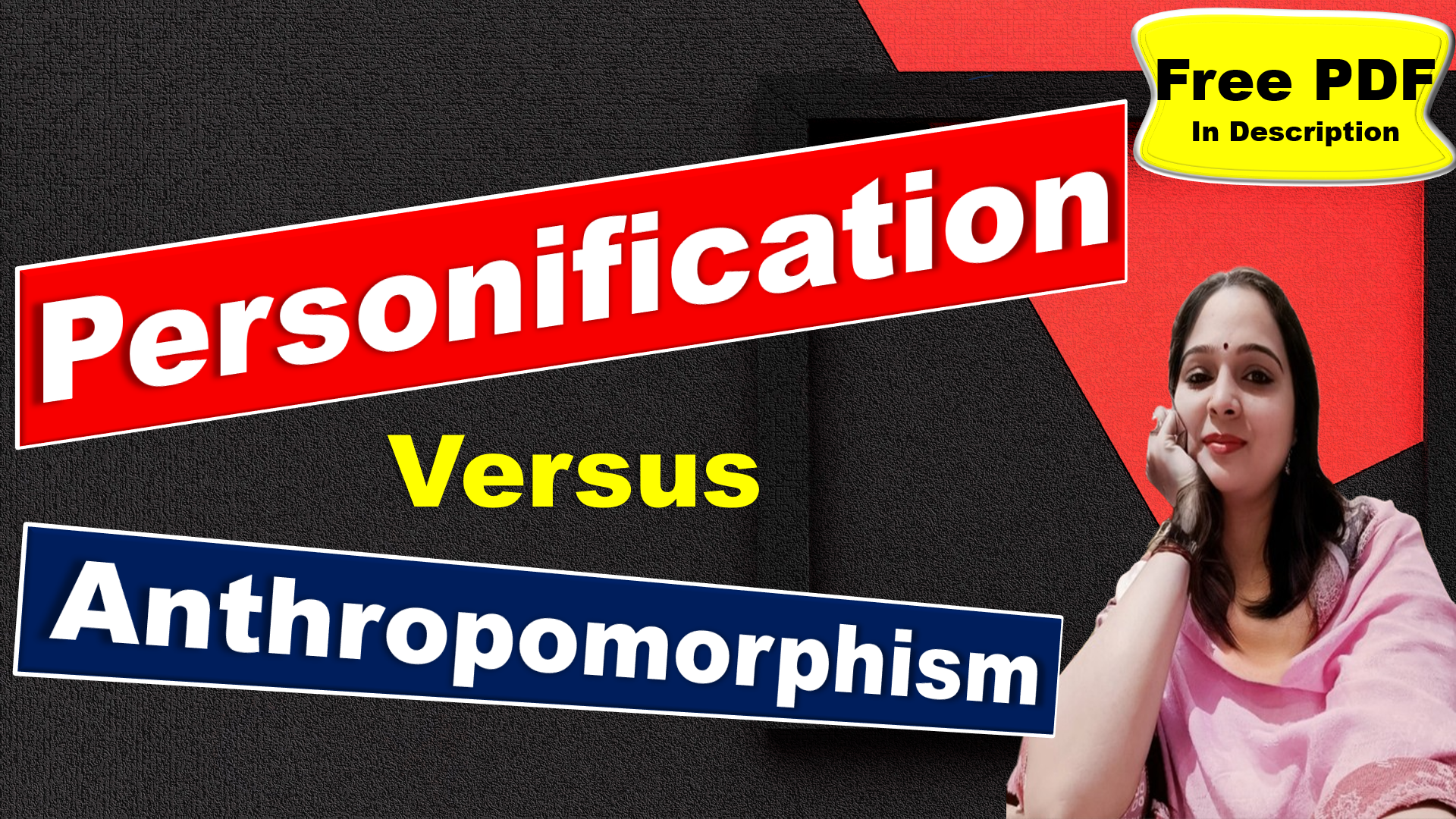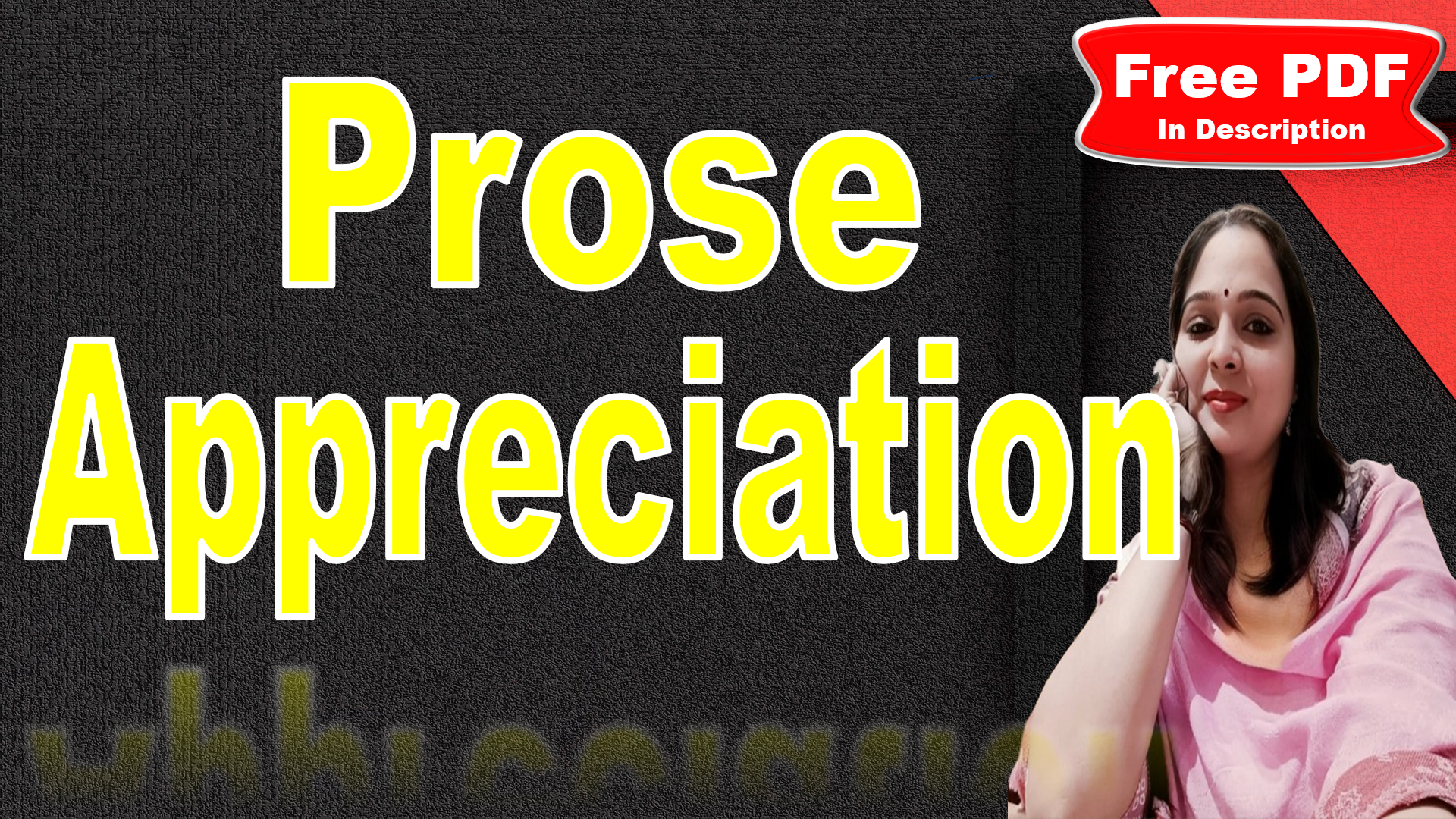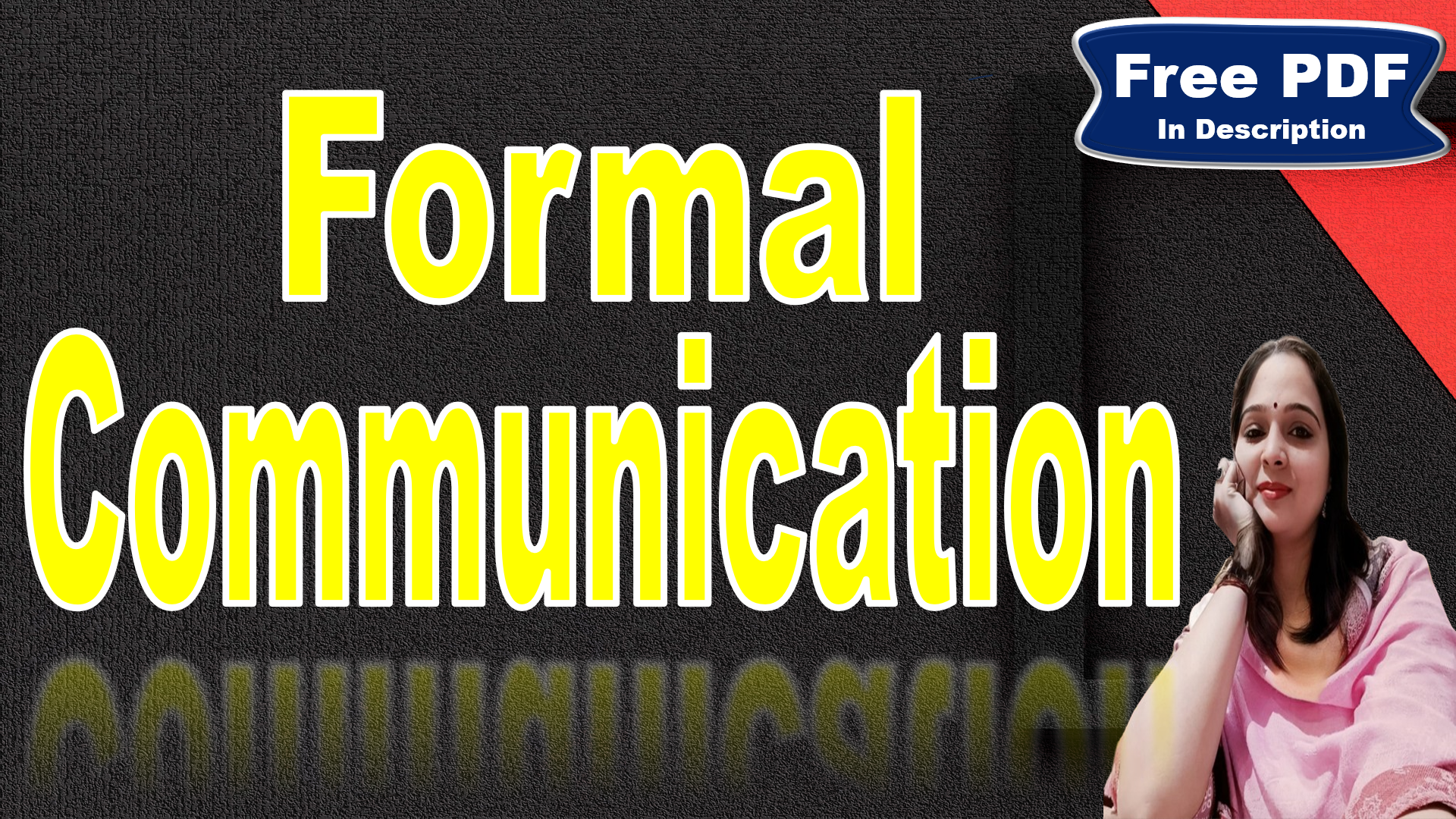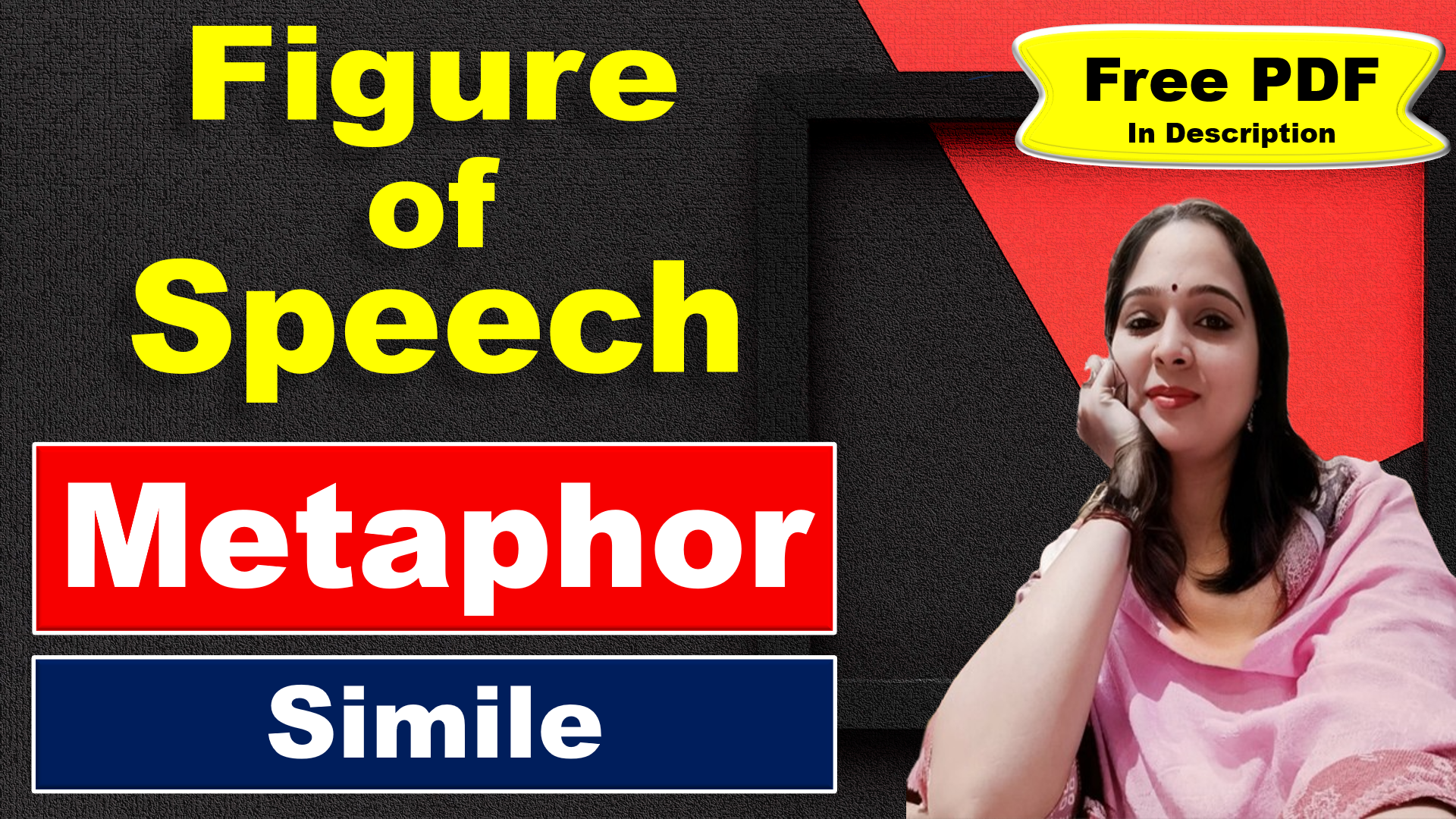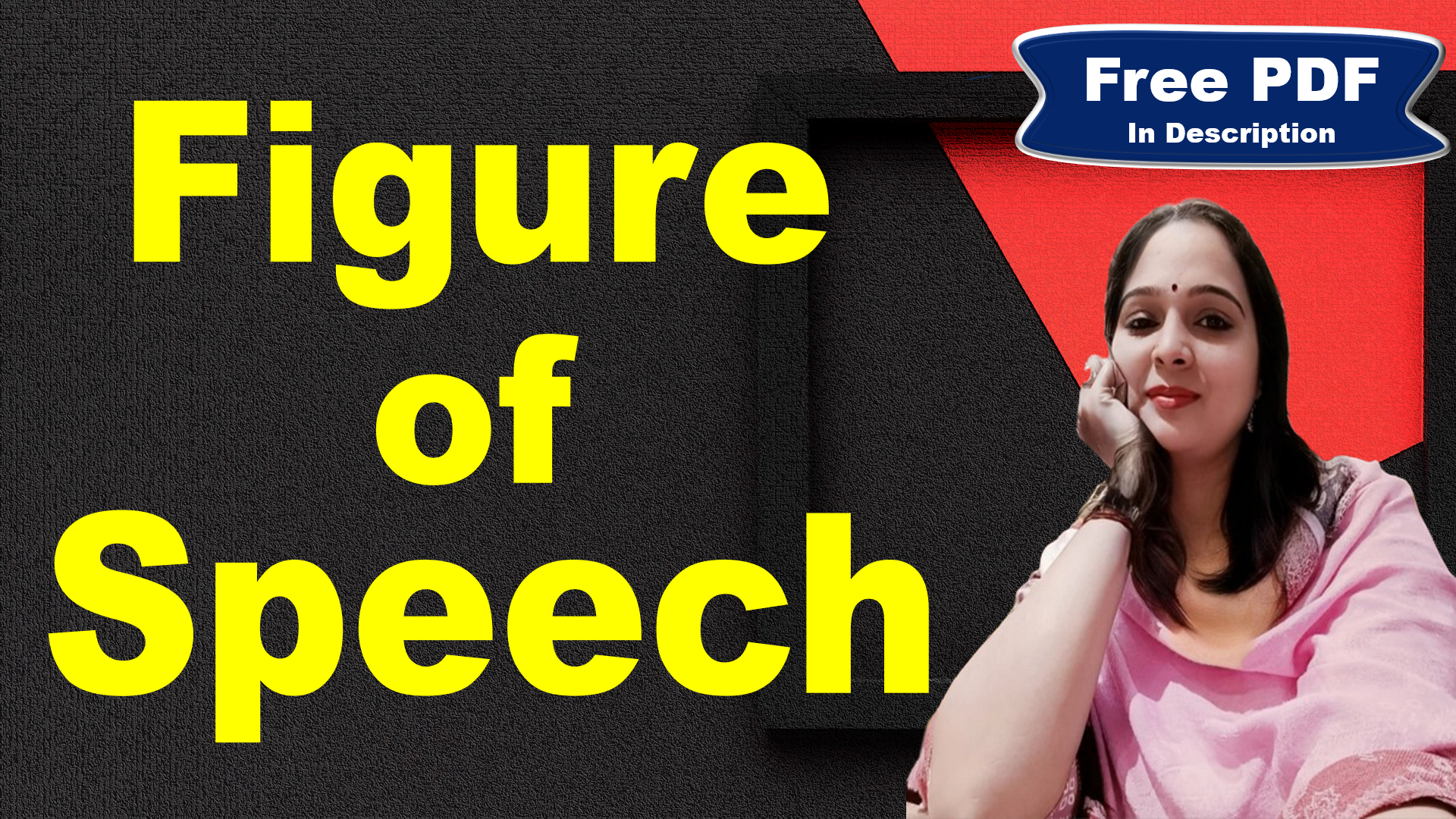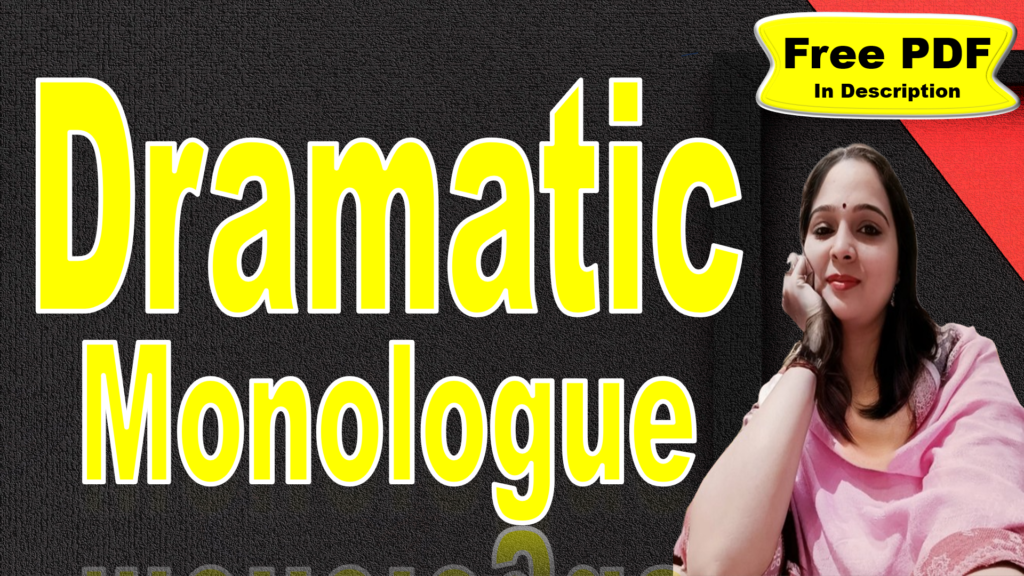
Dramatic Monologue in English Literature | Dramatic Monologue | Soliloquy | Persona Poem | Dramatic monologue versus soliloquy | Free PDF Download – Easy Literary Lessons
Dramatic Monologue
A dramatic monologue is a literary form where the writer takes on the voice of a character and speaks through them. Although dramatic monologues also occur in theatre and prose, the term most frequently refers to a poetic form where the poet creates a character who speaks without interruption.
Let’s break down the term “dramatic monologue”:
Dramatic: Refers to the theatrical or performative aspect. It suggests that the monologue is delivered by a character within a specific context.
Mono: Short for “monologue,” which means a long speech or discourse by a single speaker.
Logue: Derived from the Greek word “logos,” meaning speech or word. It emphasizes the verbal nature of the form.
In summary, a dramatic monologue is a poetic or literary work where a character speaks at length, revealing their thoughts, emotions, or intentions. The speaker often addresses an implied audience or interlocutor.
Persona Poem:
A persona poem is a type of poetry where the poet speaks through an assumed voice, often taking on the identity of a character, a fictional persona, or even an inanimate object. It shares many characteristics with a dramatic monologue:
Audience: Both forms imply an audience, even though there is no direct dialogue.
Voice: In both, the poet takes on the voice of someone else, whether human, animal, or abstract concept (like love or destiny).
History of Dramatic Monologue
The roots of dramatic monologues can be traced back to ancient Greek theatre, where characters often delivered monologues. The form was further developed by romantic poets like William Wordsworth and Samuel Taylor Coleridge. However, as we understand it today, the dramatic monologue emerged as a distinct literary form during the Victorian era.
In Victorian poetry, Robert Browning stands out as a master of the dramatic monologue. His poems, such as “My Last Duchess,” “The Bishop Orders His Tomb at St. Praxed’s Church,” “Fra Lippo Lippi,” and “Andrea del Sarto,” elevated the form to a highly sophisticated level. Browning’s monologues reveal intricate characterizations and complex situations, often through casual remarks or digressions by the speaker. Browning’s monologues often allow readers to assess the intelligence and reliability of the narrator, paralleling novelistic experiments with point of view.
Other notable poets who successfully used the dramatic monologue include Ezra Pound (“The River Merchant’s Wife: A Letter”), T.S. Eliot (“Love Song of J. Alfred Prufrock”), and Robert Frost (“The Pauper Witch of Grafton”).
Characteristics of Dramatic Monologue
First-Person Singular Perspective: The speaker uses the pronoun “I,” representing a distinct persona separate from the poet. This “I” could be a fictional character or an imagined version of the poet.
Addressing an Unseen Listener: The speaker directs their words to an implied audience or interlocutor who doesn’t appear directly in the poem. This unseen listener is essential for the monologue’s structure.
No Direct Conversation: Unlike a dialogue, there’s no back-and-forth exchange. The entire verse consists of the speaker’s uninterrupted speech.
Theatrical Quality: Dramatic monologues are meant to be read aloud, as if performed on a stage. They have a compelling, persuasive quality, often revealing hidden emotions or intentions.
Character Revelation: Through the monologue, the speaker reveals aspects of their personality, thoughts, or situation. It’s a window into their inner world.
Colloquial Language: Dramatic monologues often use everyday language, including colloquial expressions and fillers like “you see” or “well”
Types of Dramatic Monologue
Romantic Monologue:
Definition: Romantic monologues focus on love, desire, and intense emotions. They often reveal the speaker’s feelings toward a beloved or lost love.
Example: Robert Browning’s “My Last Duchess” portrays a duke discussing his late wife’s portrait with a visitor. The poem subtly reveals his possessiveness and jealousy.
Philosophical and Psychological Monologue:
Definition: These delve into deeper themes, exploring philosophical questions or psychological complexities. The speaker reflects on life, existence, or personal struggles.
Example: Alfred Tennyson’s “Ulysses” presents the legendary hero Ulysses (Odysseus) contemplating his desire for adventure and restlessness after returning home from the Trojan War.
Conversational Monologue:
Definition: These monologues mimic everyday speech, capturing mundane moments or personal reflections. They feel like casual conversations.
Example: Dante Gabriel Rossetti’s “Jenny” features a speaker discussing a woman named Jenny, revealing societal judgments and personal observations.
Dramatic monologue versus soliloquy
Dramatic Monologue:
Definition: A dramatic monologue is a long speech delivered by a character while other characters are onstage. The speaker addresses an implied audience or interlocutor, revealing their thoughts, emotions, or intentions.
Example: In Robert Browning’s “My Last Duchess,” the duke discusses his late wife’s portrait, subtly revealing possessiveness and jealousy1.
Soliloquy:
Definition: A soliloquy is a speech delivered by a character while alone or when other characters cannot hear. It allows the character to express inner thoughts directly to the audience. Often, the audience understands that it’s a theatrical device, not spoken aloud by the character.
Example: Hamlet’s “to be, or not to be” soliloquy, where he reflects on life, death, and existential questions while holding a human skull.
| Aspect | Dramatic Monologue | Soliloquy |
| Definition | A speech by a single character addressing a silent listener. | A speech by a character speaking their thoughts aloud, usually alone on stage. |
| Audience | Implied audience within the play or poem. | Directly addressed to the real audience. |
| Context | Occurs within a dialogue or narrative context, often in the presence of other characters. | Typically occurs when the character is alone or believes they are alone. |
| Purpose | Reveals the speaker’s thoughts, emotions, or intentions. | Allows the audience insight into the character’s inner world. |
| Length | Can vary but usually longer to develop complex thoughts and emotions. | Often shorter, focused on specific thoughts or emotions. |
| Focus | On revealing character and plot through the speech. | On exploring the character’s inner psyche and personal conflicts. |
| Use in Literature | Common in poetry and dramatic works to provide depth to characters. | Common in plays, especially in classical and Elizabethan drama, to express a character’s inner turmoil. |
| Famous Examples | Robert Browning’s “My Last Duchess” | Hamlet’s “to be, or not to be” soliloquy |
